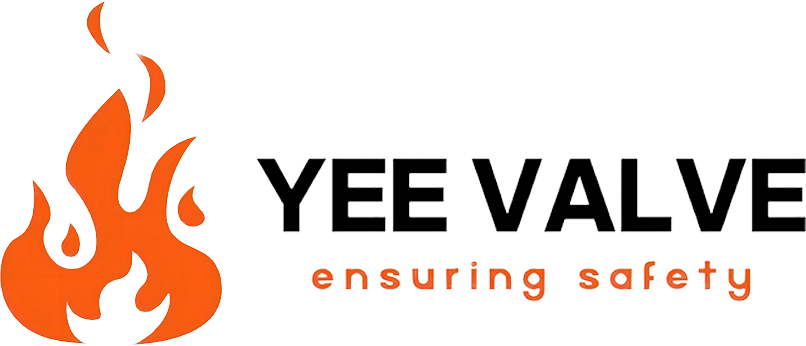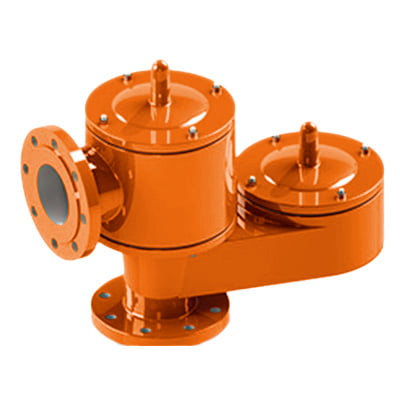To properly size a breather valve, follow these steps:
Step 1. Determine Tank Specifications
- Measure the tank diameter and height.
- Identify the tank’s location and the environmental conditions it will be exposed to.
- Collect the Material Safety Data Sheet (MSDS) for the media stored in the tank, which includes:
*Media flash point
*Media boiling point
*Latent heat of vaporization
*Relative molecular mass of vapor.
Step 2. Calculate Maximum Flow Rates
Establish the maximum filling rate of the tank (in cubic meters per hour).
Establish the maximum emptying rate of the tank (in cubic meters per hour).
Step 3. Set Pressure and Vacuum Requirements
*Determine the set internal pressure (in mbar) that the valve must release.
*Determine the set vacuum pressure (in mbar) that the valve must handle.
*Consider the set temperature and specify whether the vent type will be pipe-away or atmospheric.
Step 4. Select Valve Size
*Based on the required flow rates and set pressures, use appropriate calculations to determine the valve size. Utilize standards such as API 2000 or ISO 28300 for precise sizing guidelines. Many manufacturers provide sizing software or charts to aid in selecting the correct valve size.
*The valve size can range from 2″ to 12″ (50 to 300 mm), depending on the application requirements and flow calculations.
Step 5. Material and Additional Features
*Choose the valve material based on the media’s compatibility and environmental conditions. Options include aluminum, ductile iron, stainless steel, carbon steel, and various alloys.
*Consider additional features like protective coatings, alarm sensors, or special designs (e.g., flame arresters, spring-loaded or weight-loaded mechanisms) as needed for specific applications.
Step 6. Utilize Manufacturer Support
If the size is not clear, many manufacturers offer a valve sizing service to provide optimum valve performance and cost-effective technical specifications. We offer sizing and calculation services tailored to specific customer requirements.
By following these steps, you can ensure that the breather valve is correctly sized for your application, providing effective protection against over-pressure and vacuum conditions in your storage tanks.


Breather Valve vs PRV Pressure Relief Valve
We all know choosing the right valve is important to ensuring safety and efficiency for [...]
Aug
Breather Valve Test Procedure
In industrial tank systems, the breather valve is a key component to ensure that the [...]
Aug
3 Simple Steps to Quickly Select the Right Breather Valve
YeeValve is a specialized division of THINKTANK that makes breather valves. We offer free consulting [...]
Aug
Service & Technical Support
1. Technical Assistance Yee Valve offers expert guidance for valve selection, installation, and maintenance. Customers [...]
May
Order Checklist
When you make an order to Yee Valve, here are the steps you should follow [...]
May
How to Sizing Breather Valve?
To properly size a breather valve, follow these steps: Step 1. Determine Tank Specifications Measure [...]
May